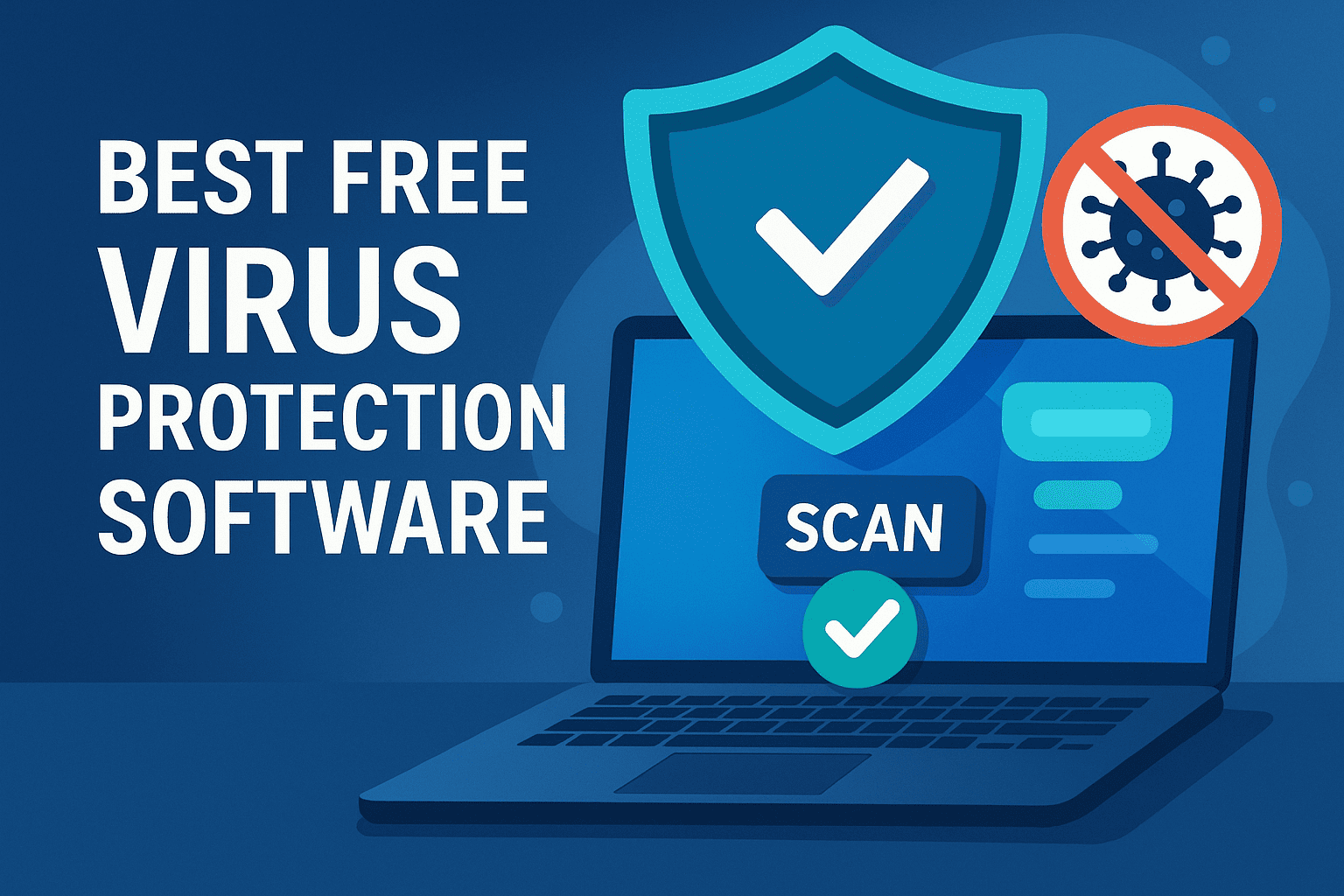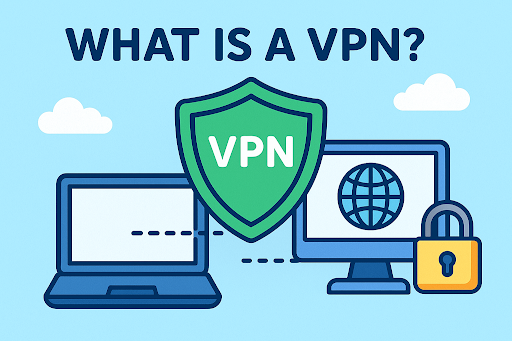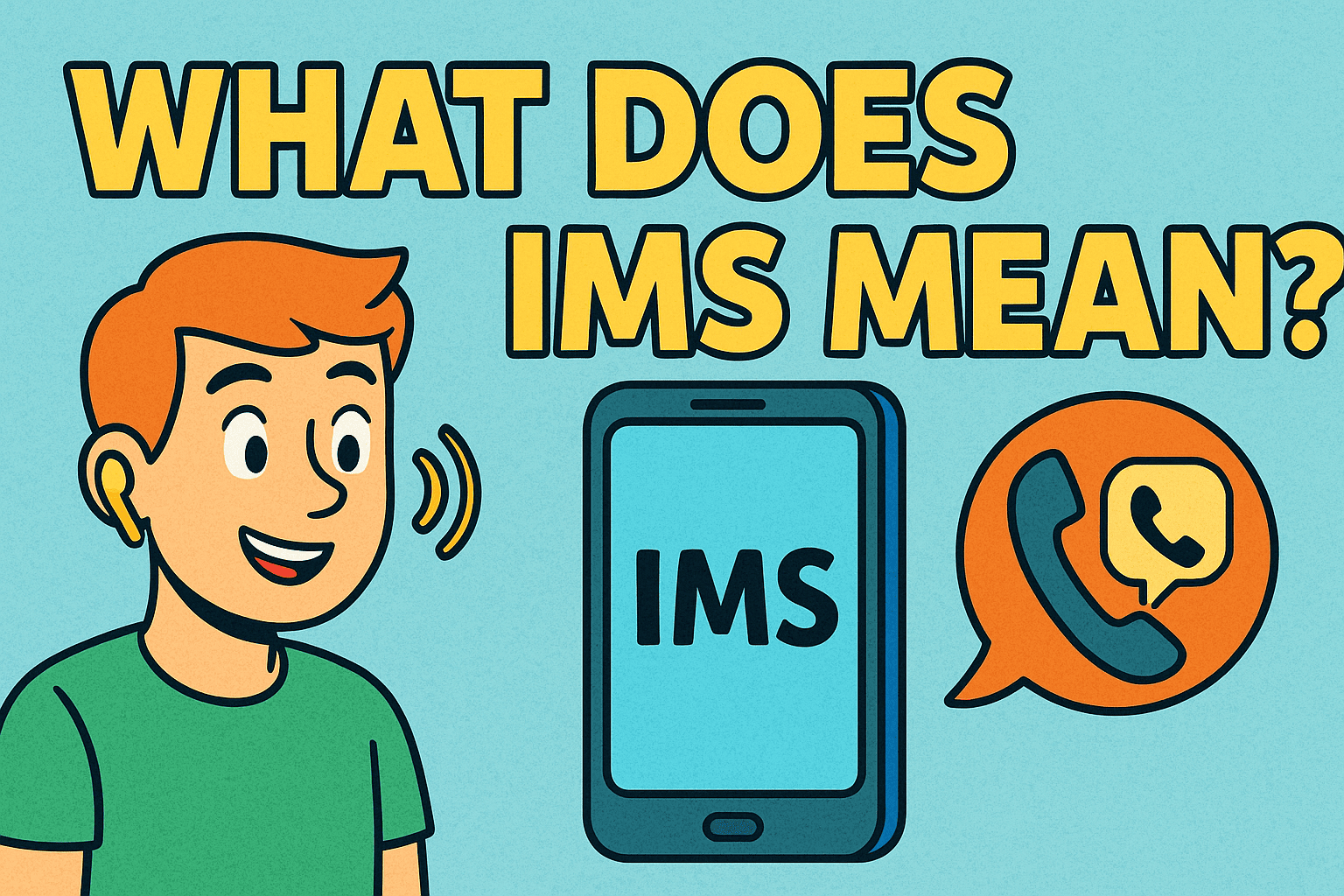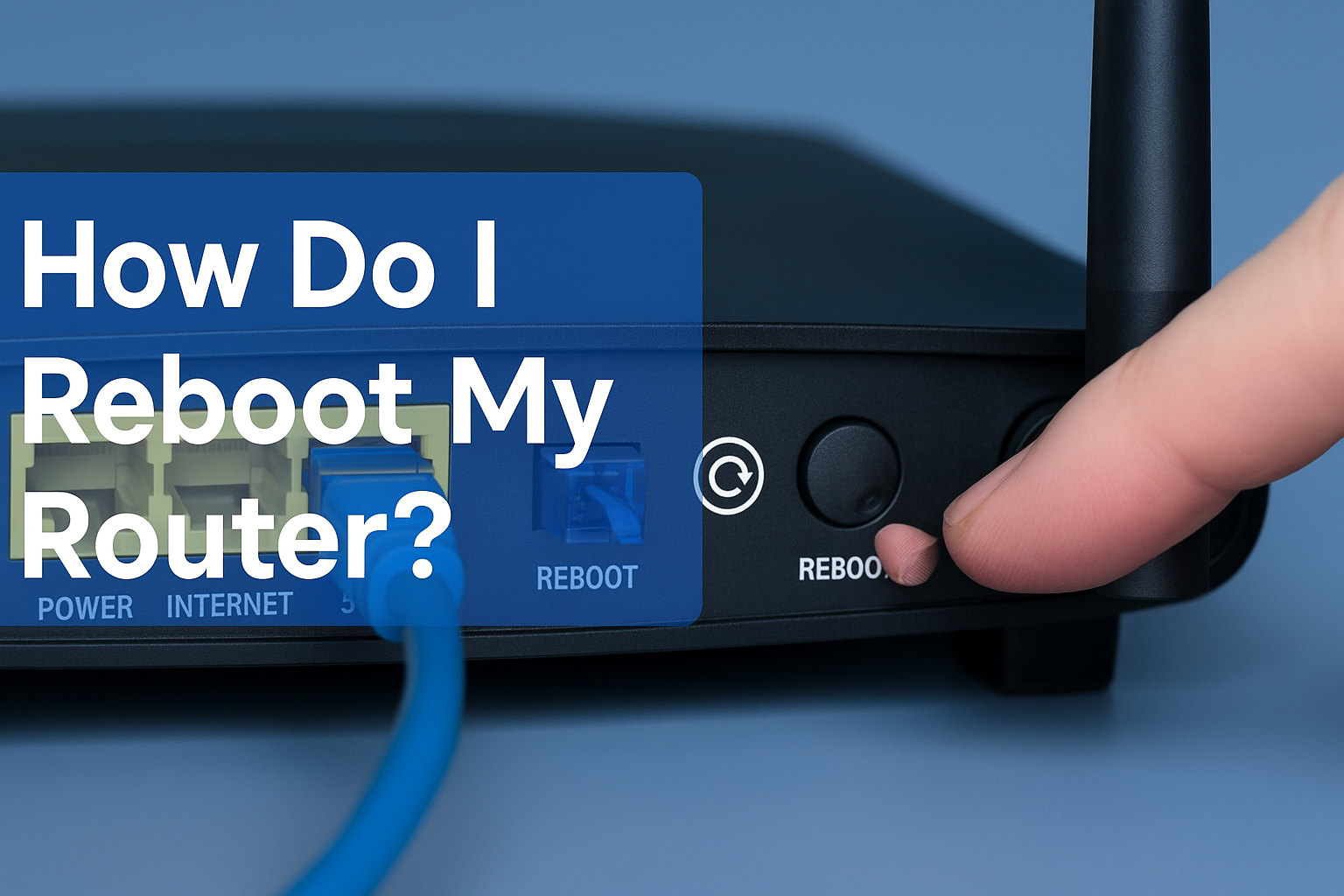FTP Server What is? Everything You Need to Know
Updated on August 5, 2025, by Xcitium
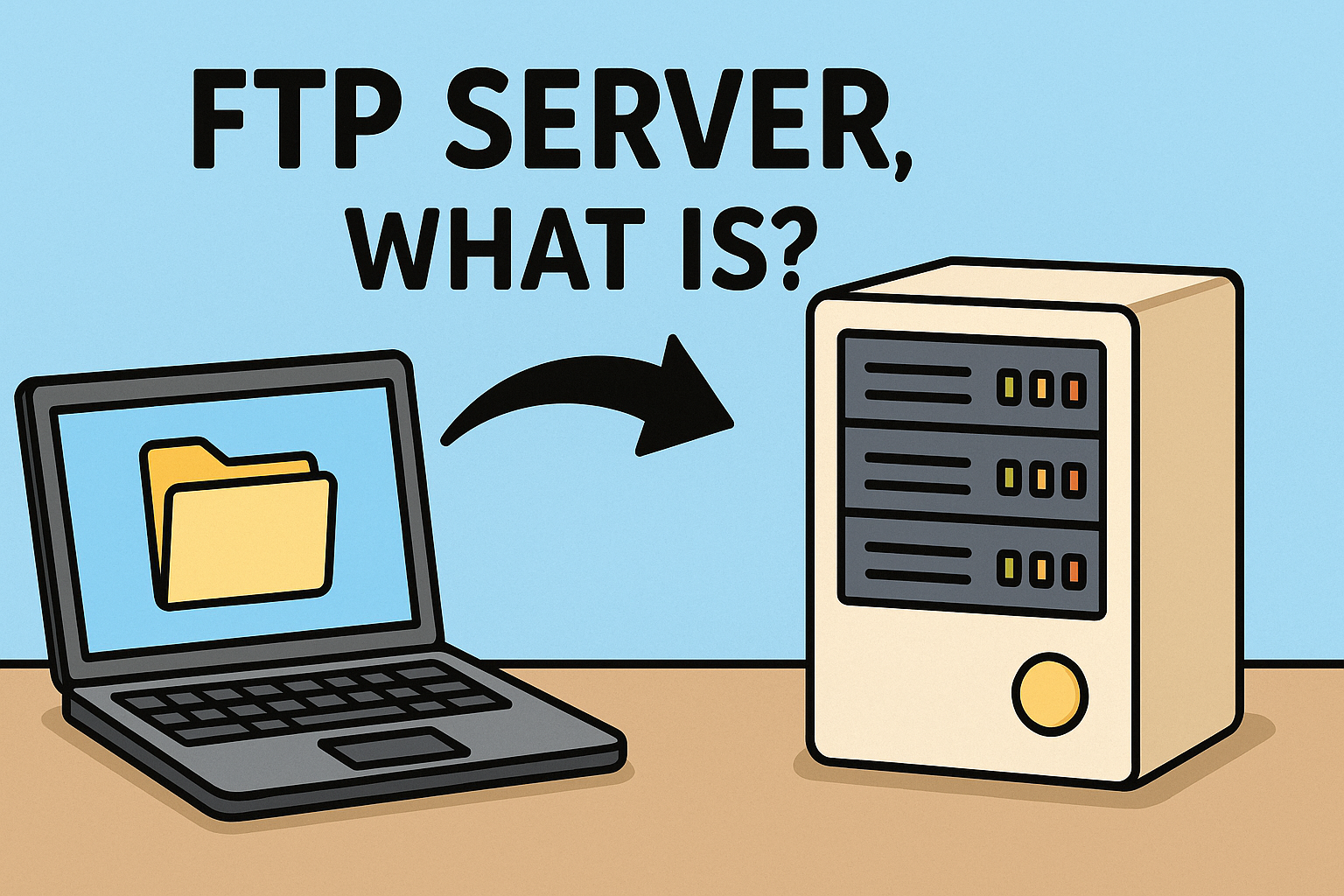
Ever wondered how massive files move seamlessly across the internet, especially in corporate environments? That’s where FTP servers come into play. If you’ve asked, “FTP server—what is it, and why does it matter in cybersecurity?”, you’re in the right place.
In this article, we’ll break down the essentials of FTP servers, how they operate, their role in cybersecurity, and how to use them securely. Whether you’re an IT manager or a founder exploring tech infrastructure, this guide will make you feel like an FTP pro.
FTP Server What is?
An FTP server is a computer system that uses the File Transfer Protocol (FTP) to store and share files over a network. Clients (users) connect to it to upload or download files using FTP client software.
This server operates over TCP/IP and supports two modes:
- Active Mode – Server initiates data connection
- Passive Mode – Client initiates data connection (commonly used in firewalled environments)
FTP Server Real-World Example
Companies often use FTP servers for:
- Sharing large media files
- Software patch distribution
- Secure backup storage
- Cross-departmental collaboration
How Does FTP Work?
FTP uses a client-server architecture. Here’s how a typical session goes:
- Client connects to the FTP server using credentials.
- Commands are issued (e.g., GET for downloading, PUT for uploading).
- The server responds and opens a connection to transfer data.
- Transfer complete, the session ends or continues for more commands.
Key Components:
- FTP Client: Software like FileZilla or WinSCP
- FTP Server Software: Like vsftpd, ProFTPD, or IIS FTP
FTP vs. SFTP vs. FTPS
Let’s compare these protocols:
| Protocol | Encryption | Port Used | Use Case |
| FTP | None | 21 | Legacy support |
| SFTP | SSH | 22 | Secure file transfer |
| FTPS | SSL/TLS | 990 | Compliant environments (e.g., HIPAA) |
Bottom Line: If security matters, go for SFTP or FTPS, not plain FTP.
Business and Cybersecurity Use Cases
In Corporate Environments:
- Data warehousing teams use FTP for scheduled batch uploads.
- Developers push builds or patches via FTP.
- Retailers sync inventory from Point-of-Sale systems.
In Cybersecurity:
- FTP logs are monitored to detect unauthorized data exfiltration.
- Vulnerable FTP ports are common targets in penetration testing.
How to Set Up an FTP Server
Steps:
- Choose FTP Server Software (FileZilla Server, IIS, vsftpd)
- Install & Configure the software (set directories, user roles)
- Allow FTP in Firewall Settings
- Set Access Permissions
- Enable Passive Mode & Configure Port Forwarding (if needed)
Bonus Tip:
Always use strong authentication (preferably SFTP with key-based access).
Common FTP Vulnerabilities
- Clear-text passwords: Can be intercepted via packet sniffing
- Anonymous access: Risky if misconfigured
- Open ports: Port 21 often targeted by attackers
- Directory traversal attacks
Best Practices for Secure FTP Use
- ✅ Switch to SFTP or FTPS whenever possible
- ✅ Enforce strong user authentication
- ✅ Regularly patch FTP server software
- ✅ Audit logs to detect unusual activity
- ✅ Use IP whitelisting for sensitive transfers
FAQ: FTP Server Essentials
1. What is the purpose of an FTP server?
To allow multiple users to upload or download files across a network efficiently and centrally.
2. Is FTP still used today?
Yes, though it’s often replaced or supplemented with SFTP/FTPS for secure transfers.
3. What are common alternatives to FTP?
SFTP, FTPS, SCP, and HTTPS-based file portals like Dropbox or Google Drive.
4. Can you access an FTP server from a browser?
Yes, but it’s not secure or reliable. A dedicated FTP client is preferred.
5. What ports does FTP use?
Typically Port 21 for command and Port 20 or a range for data (in passive mode).
Final Thoughts
Whether you’re transferring large datasets or managing distributed backups, understanding FTP servers is crucial for IT professionals. While FTP is functional, security-conscious environments should always prefer encrypted alternatives like SFTP or FTPS.
Looking to tighten your data transfer protocols with enterprise-grade protection?
👉 Request a free demo from Xcitium and discover how we help businesses secure every endpoint—including FTP channels.





